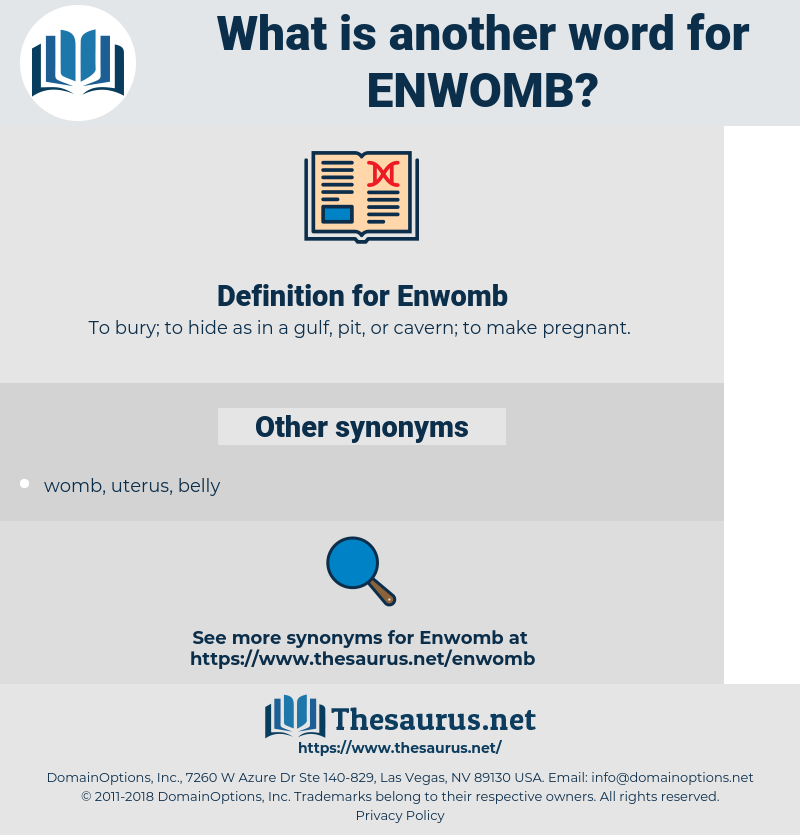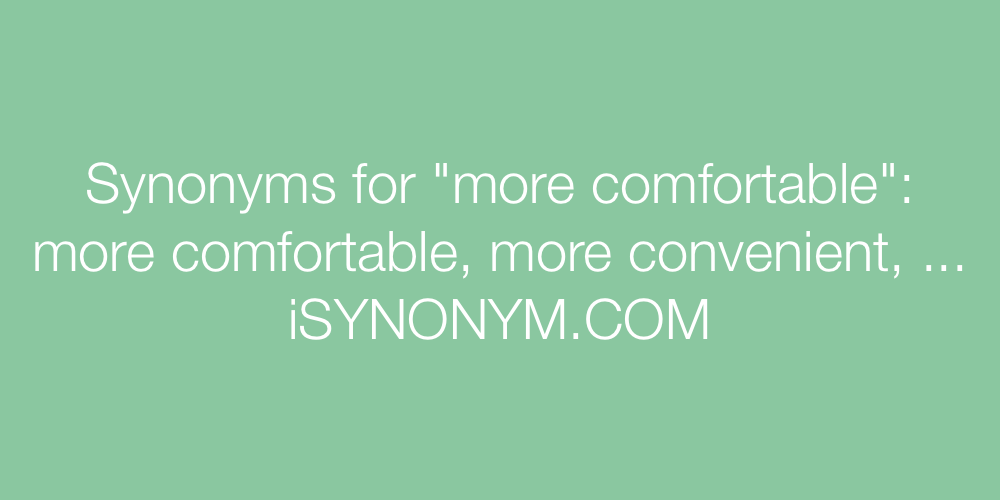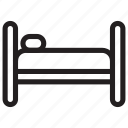
Cognitive impairment: Difficulty related to mental functions such as thinking, attention, reaction time, memory, learning, and judgment. It is a specific form of cognitive-behavioral therapy (CBT) adapted to address insomnia. Cognitive-behavioral therapy for insomnia (CBT-I): A type of counseling that aims to change negative thinking about sleep while encouraging healthier sleep habits. Examples of chronotypes include “night owls” and “larks.” Chronotype: A pattern of daily sleep-wake activity that reflects a person’s circadian rhythm. In sleep science, chronobiology largely focuses on circadian rhythm. Chronobiology: The study of natural rhythms that affect living organisms. Circadian rhythm: The body’s approximately 24-hour internal clock that helps coordinate the timing of a wide range of physical and mental functions, including sleep. Light exposure is a central factor that influences the function of the circadian pacemaker. Circadian pacemaker: A part of the brain known as the suprachiasmatic nucleus (SCN) that controls circadian rhythm, sending signals to regulate the function of different bodily systems. Circadian alerting system: A process of signals sent from the brain that promote wakefulness and alertness, helping to regulate sleep-wake patterns. When used to describe sleeping problems or disorders, the term chronic is often used to differentiate from acute conditions. 
Blue light is often emitted by many LEDs and electronic devices and may have a greater effect on circadian rhythm than other wavelengths of light.
Blue light: A type of light with a specific wavelength that is part of the visible light spectrum. The most common biphasic sleep pattern involves one sleep period at night and one nap during the day. Biphasic sleep: A sleep pattern in which a person’s total daily sleep is broken into two segments. In a BPAP machine, the level of air pressure is different for inhalation and exhalation. It is often used to treat obstructive sleep apnea. Bilevel positive airway pressure (BPAP) device: A machine that uses pressurized air pumped through the mouth or nose to keep the airway open and prevent lapses in breathing. Bad dream: A dream period that involves negative or bothersome content but does not cause a person to wake up from the dream. In a sleep study, awakenings may be detected by changes in activity levels of the heart, lungs, brain, and muscles. Awakenings: The act of waking up from any stage of sleep. Atonia occurs during rapid eye movement (REM) sleep, stopping muscle activity except for the muscles that control breathing, pulse, and eye movement. Atonia: Temporary paralysis of most muscles of the body. 
In the context of sleep, aromatherapy typically involves disseminating fragrances meant to induce relaxation at night or alertness during the day. Aromatherapy: The use of specific smells to affect aspects of physical or mental health.Artificial light: Light that comes from a source other than the sun.In a sleep study, arousals may be detected by changes in heart rate, breathing, or muscle activity. Arousal: An abrupt change from a deeper to a lighter stage of sleep or from sleeping toward waking up.When used to describe sleeping problems or disorders, acute is often used to differentiate from chronic conditions. Actigraphy, such as with wearable devices, can be used to measure the amount of time that a person spends doing different types of activities, including sleep.

Actigraphy: Tracking the body’s movement over time.There you can find a general overview as well as links to in-depth resources about specific conditions. Readers looking for information about sleep disorders are encouraged to visit our landing page for sleep disorders.

Because of their complexity, sleep disorders are not covered in this sleep dictionary.






 0 kommentar(er)
0 kommentar(er)
